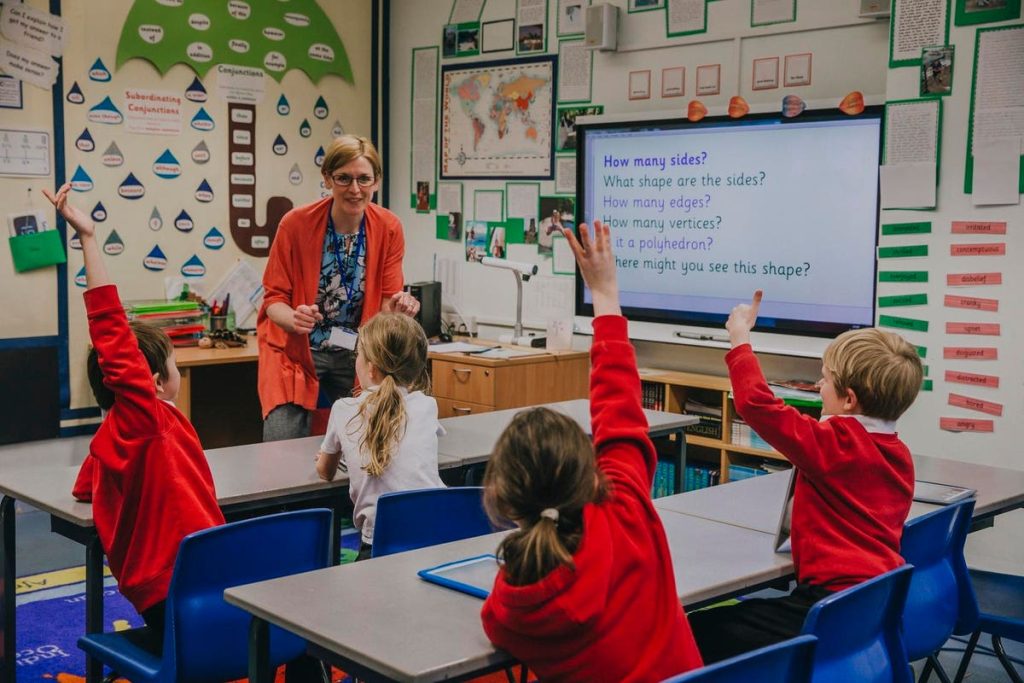It could take a decade for schools to return the attainment gap between disadvantaged students and their classmates to pre-pandemic levels, according to a U.K. report.
The pandemic reversed 10 years’ worth of progress in closing the gap, as school closures and disruption to education had a disproportionate impact on students from less affluent families.
And the U.K. Government admits it could take another 10 years just to get back to pre-pandemic levels.
Now a committee of MPs is calling on the Government to take concerted action to speed up progress in closing the gap, including targeting the higher absence rate for disadvantaged students.
“The consequences of a lost decade in progress narrowing the gap in attainment for disadvantaged children are immeasurable,” said Dame Meg Hillier, chair of the cross-party House of Commons Public Accounts Committee (PAC) , which published today’s report.
“Without swift action, the slow-motion catastrophe of the pandemic for children’s education, and in particular for disadvantaged children, will continue to have far-reaching consequences for an entire generation.”
The disadvantage gap index – the measure the Department for Education uses for the difference in attainment between disadvantaged students and their classmates – had fallen from 3.34 in 2011 to 2.90 in 2018 for children aged 10 and 11.
But by 2022 it had risen again to 3.23, virtually wiping out even the limited progress made over the previous decade.
The committee said it was concerned over the take-up of the National Tutoring Programme, which has seen £349 million ($433 million) given to schools in this academic year to pay for catch-up tuition.
But almost one in eight schools did not take up the funding, with MPs warning that numbers will fall still further when the Government subsidy is reduced and then withdrawn after the next academic year.
The result was that tutoring was “at risk of withering on the vine”, Dame Meg added.
And even this funding – part of a £1.4bn ($1.73bn) package over three years – falls far short of the amount the man appointed by the Government to lead post-pandemic education recovery said was needed.
The committee also expressed concern over the high post-pandemic student absence rate, particularly among disadvantaged students, and its potential impact on attainment.
The average absence rate for all students in autumn and spring terms of 2021/22 was 7.4%, compared with 4.5% in 2018/19, and for disadvantaged students was 10.4% compared with 7.2%.
The committee’s report set out four recommendations for Government action to help to reduce the attainment gap:
- Publish a plan setting out how it aims to accelerate progress in reducing the attainment gap.
- Take targeted action to reduce absence rates, particularly among disadvantaged students.
- Take more effective action to increase participation in the National Tutoring Programme.
- Monitor how much tutoring is being provided and intervene if it drops significantly as subsidies are reduced and then withdrawn.
“It is therefore essential that Government reckons with the reality of the situation and publishes focused plans on reducing the disadvantage gap and absence rates,” Dame Meg added.
The U.K.’s Department for Education did not respond to a request for comment.
Read the full article here










